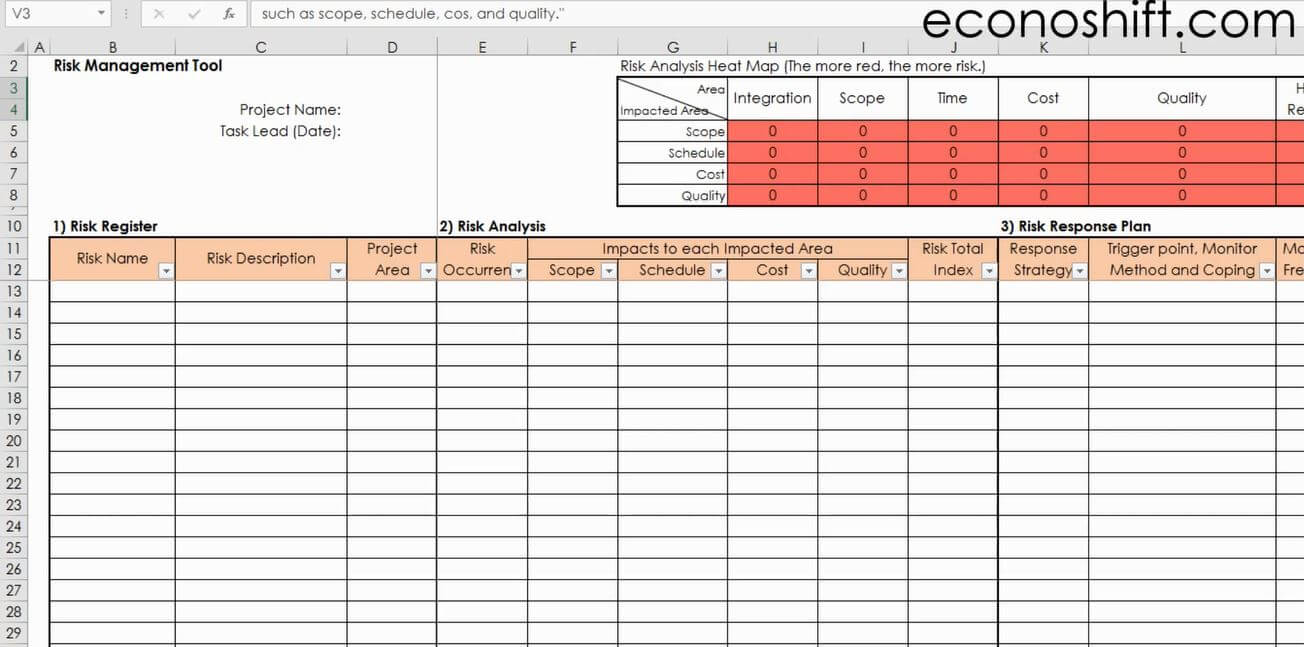

Excel would calculate much larger auto scales otherwise. To ensure that the charts fit exactly into the table grid we set Min/Max for the X axis to 0.5/12.5 and for the Y axis to 0.5/8.5. In our case we generate a data series table with one column for the X-Series going from 1-12 for January -December and on column for our Y-Series going from 1-8 for our 8 product groups and one on column for revenue. To integrate a bubble chart into a table the bubbles are positioned in a matrix that has the same row and column layout as our table. The heatmap table is based on a regular Excel bubble chart.

I already wrote about graphical tables here, here, and here. A way archive this in Excel is to integrate charts into tables, so called graphical tables, a very effective means to archive More Information Per Pixel.

Tufte often talks about the integration of number, images, and word, and I think he’s quite right. The years and product totals are shown at the right and bottom as an integrated part of the table. The discount rate has been encoded as a range of green colors, ranging from a light green, for low discounts to a dark green for high discounts. The size of a bubble shows the revenue made in a particular month and the bubble color shows the discount rate given. This Heatmap Table shows you the revenues and the discounts of a company over the course of one year per product group. The following article shows how to create Heatmaps in Excel 2003, for Excel 2007 & 2010 please see the updated article “ Heatmap Tables with Excel – Revisited”


 0 kommentar(er)
0 kommentar(er)
